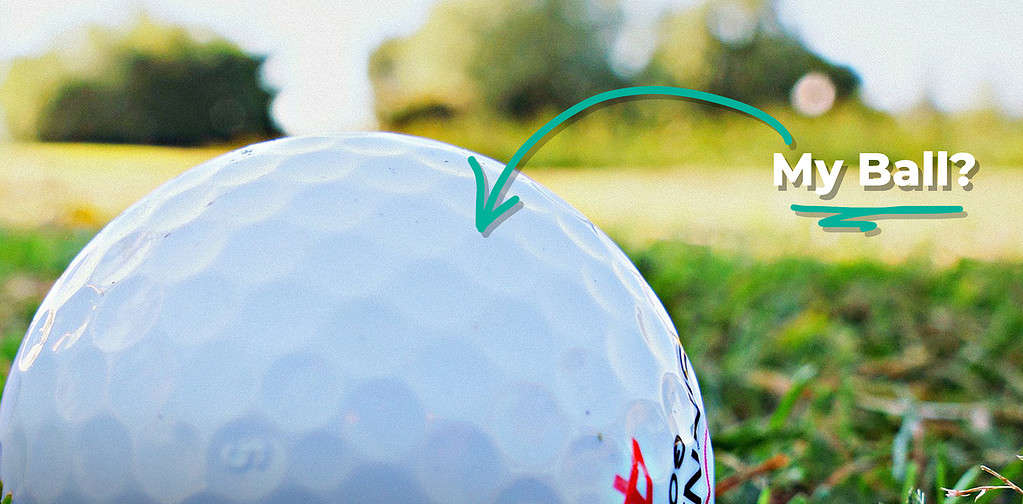
It has been very rainy and wet over the past few months.
Apparently, this was one of the wettest winters in quite a few years, especially in the Cape. We have seen pictures and videos of golf courses being flooded and becoming quite unplayable. Even now, after some sun and wind that should dry out a course, we still find areas of water patches and due to the wetness, there are many areas, especially in the rough, where tractors cannot mow and these areas are muddy and overgrown.
These circumstances lead to a higher number of balls being searched for and players having to spend a lot of time looking for their balls.
In this article I want to focus on Rule 7 of the Rules of Golf – How to fairly search for your ball on the course, replacing the ball for free if it is accidentally moved by anyone as you search for the ball and how to avoid improving your lie as you search (this will be penalisable). The basis of this Rule is that a player is responsible for finding her or his ball after each stroke and the player may take reasonable actions to find and identify it.
THE PLAYER MAY:
- Move sand and water
- Move or bend grass, tree branches and other natural growing things
- Move any movable obstructions anywhere on the course
- Remove any loose impediment anywhere on the course (even in a penalty area).
However…
there is one warning that comes with this searching for a ball – you may search for the ball in a reasonable manner only. If you take excessive actions and this lead to an improvement of say the area around your then found ball, you will get the general penalty (2 shots or loss of hole in Matchplay). You can bend down and move grass around to search, you can even sweep with your feet in thick grass to try and find your ball or bend part of a bush away to see if you can see your ball (all reasonable actions)
but the following actions will be considered to be excessive:
- Taking an action (stomping around) to flatten grass beyond what is necessary to walk through or search in an area
- Purposely removing any growing thing from the ground, such as by pulling grass or a small shrub out of the ground
- Breaking a tree branch to allow access to your ball when you could have just moved it out of the way.
Furthermore, if a ball is deemed to be buried in sand somewhere, even when in a bunker, the player may dig around to try and find the ball. This will obviously disturb the area where the ball is and, once the ball is found, the lie of the ball must be re-created for the player to then play a shot.
In putting the ball back buried in the sand, the player may leave a small part of the ball visible – otherwise the ball will be buried again and the player will not be able to play it!
Normally a player may not touch or pick up their ball in play, but in this case, especially as you have searched for your ball, you may not see your markings and need to make sure that it really is your ball before playing it. (If you should play a shot with a ball that is not yours, you have played a Wrong Ball and will get a 2 shot penalty – see Rule 6.3. You will then still need to find your own ball to enable you to proceed.)
To identify the ball you found, you may pick it up or rotate it to see that it is definitely your ball. BUT you must first mark the spot behind the ball before touching it or picking it up!
This will ensure that, if it is your ball or another player’s ball, it will be replaced on its original exact spot. If you lift the ball before marking it, you will get a 1 stroke penalty (for not following the correct procedure). It is also quite common in the winter to find that your ball has been embedded in the grass or ground.
You will then get free relief for this situation under Rule 16.3. There are certain specific criteria to be met for a ball to be considered embedded to enable free relief and we will discuss this in our next article.
What Must I Do If My Ball Is Moved While Searching For It?
Pure Accident
The Rule also accepts that, as you do not know where your ball is and therefore you (and everyone else) is searching for it, it may happen that you or someone else may stumble on the ball or even kick it as you sweep your feet to try and find it. The ball is thus moved from its spot, but this only happened because you were searching for it and it is thus purely accidental. Just take the ball and replace it by hand on the original spot. If you do not know the exact spot, you may estimate where it was and place it there. There is no penalty for this and you can proceed to play your next shot!
When should I abandon the search?
Please also remember that you get 3 minutes to search for your ball. This time starts when you or your caddy start searching for your ball in the area where it may be.
It is thus essential the you watch your clock or put a timer on your phone to check on the 3 minutes. If you cannot find the ball within the 3 minutes, it is unfortunately LOST and you will have to go back to where the shot was played from and hit another ball from there under a penalty of one stroke – Rule 18.2.





